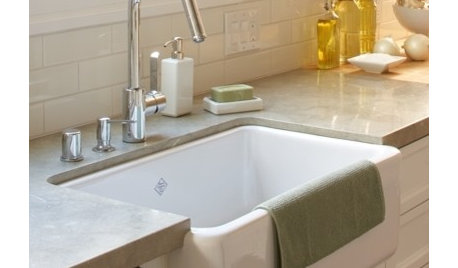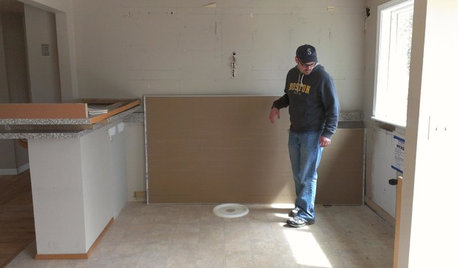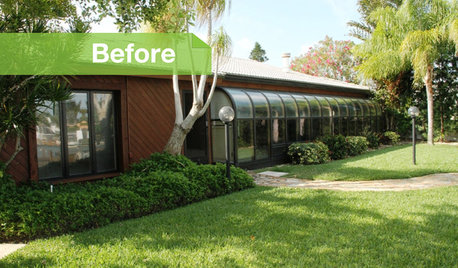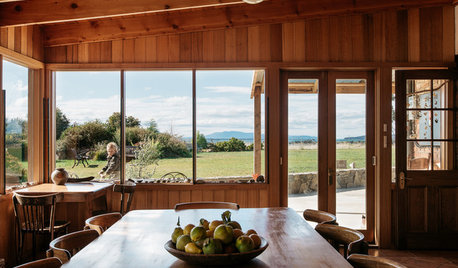Rebuilding a lawn-Start to Finish. DIY help!!!
harris_turner
11 years ago
Related Stories

CONTRACTOR TIPSContractor Tips: Countertop Installation from Start to Finish
From counter templates to ongoing care, a professional contractor shares what you need to know
Full Story
KITCHEN DESIGNStylish New Kitchen, Shoestring Budget: See the Process Start to Finish
For less than $13,000 total — and in 34 days — a hardworking family builds a kitchen to be proud of
Full Story
REMODELING GUIDESFollow a Ranch House Renovation From Start to Finish
Renovation Diary, Part 1: Join us on a home project in Florida for lessons for your own remodel — starting with finding the right house
Full Story
MOST POPULAR10 Things to Ask Your Contractor Before You Start Your Project
Ask these questions before signing with a contractor for better communication and fewer surprises along the way
Full Story
HOMES AROUND THE WORLDThe Great Escape: Family Rebuilds After a Devastating Wildfire
Tim and Tammy Holmes survived the 2013 Tasmanian bushfires but lost their home. See how they’ve started over
Full Story
GARDENING GUIDESHow to Plant a New Lawn From Sod
Take the quick-start route to turf with sod; these installation guidelines will help ensure a healthy and long-lasting lawn
Full Story
LANDSCAPE DESIGNHow to Help Your Home Fit Into the Landscape
Use color, texture and shape to create a smooth transition from home to garden
Full Story
MOST POPULAR9 Real Ways You Can Help After a House Fire
Suggestions from someone who lost her home to fire — and experienced the staggering generosity of community
Full Story
REMODELING GUIDESWisdom to Help Your Relationship Survive a Remodel
Spend less time patching up partnerships and more time spackling and sanding with this insight from a Houzz remodeling survey
Full Story
STANDARD MEASUREMENTSThe Right Dimensions for Your Porch
Depth, width, proportion and detailing all contribute to the comfort and functionality of this transitional space
Full StoryMore Discussions






roxanne72
dchall_san_antonio
Related Professionals
Prairie Ridge Landscape Architects & Landscape Designers · Goodyear Landscape Contractors · Salem Landscape Contractors · Allentown Landscape Contractors · Peabody Landscape Contractors · Emmaus Landscape Contractors · Euclid Landscape Contractors · Gresham Landscape Contractors · Parker Landscape Contractors · Sun City Center Landscape Contractors · Tacoma Landscape Contractors · Vadnais Heights Landscape Contractors · Fair Oaks Swimming Pool Builders · South Riding Swimming Pool Builders · Midwest City Swimming Pool Buildersharris_turnerOriginal Author
harris_turnerOriginal Author
dchall_san_antonio
harris_turnerOriginal Author
weed_cutter